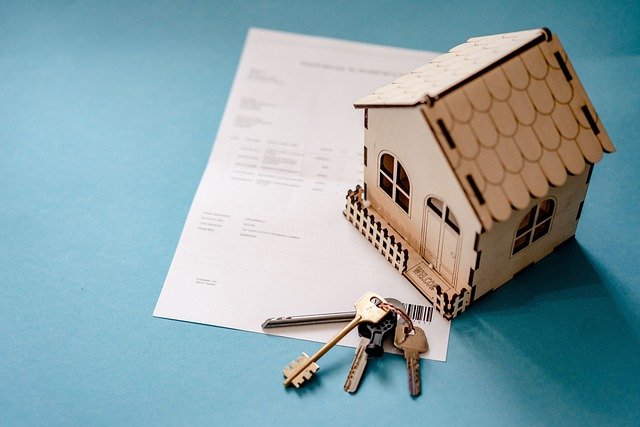Trending Backyard Homes in the United States
Backyard homes, also known as accessory dwelling units (ADUs), are gaining traction across the U.S. These compact, modern living spaces offer flexibility for families, renters, and retirees alike. As housing costs rise, backyard homes provide an efficient, stylish, and practical solution.

A Solution for Multi-Generational Living
Backyard homes have emerged as an effective approach to accommodate multiple generations within a single property footprint. These modular structures allow families to maintain proximity while preserving independence and privacy. Adult children returning home, aging parents requiring closer support, or extended family members seeking affordable housing options can benefit from these thoughtfully designed spaces.
The modular construction process enables customization to meet specific family needs, including wheelchair accessibility features, separate entrances, and independent utility connections. Many units incorporate universal design principles that adapt to changing mobility requirements over time. Kitchen facilities, private bathrooms, and dedicated living areas create functional living environments that reduce the financial burden of separate housing while strengthening family connections.
Added Property Value and Passive Income
Property owners increasingly recognize backyard homes as strategic investments that enhance overall property value. Real estate professionals report that well-designed ADUs can increase property valuations by 20 to 30 percent in many markets. The additional square footage and rental potential contribute to this value enhancement, particularly in high-demand urban and suburban areas.
The rental income potential from backyard homes provides property owners with consistent passive income streams. Monthly rental rates vary significantly based on location, size, and amenities, but many owners report generating $800 to $2,500 monthly from their units. This income can offset mortgage payments, property taxes, or fund future home improvements while providing affordable housing options for tenants.
Design Innovation and Space Efficiency
Modern backyard homes showcase remarkable space efficiency through innovative design solutions and smart storage integration. Manufacturers utilize every square foot effectively, incorporating multi-functional furniture, built-in storage systems, and flexible room configurations. Open floor plans create spacious feelings within compact footprints, while large windows and skylights enhance natural lighting.
Contemporary designs range from traditional architectural styles that complement existing homes to modern, minimalist structures that make bold design statements. Energy-efficient features including LED lighting, smart thermostats, and high-performance insulation systems reduce operational costs while maintaining comfortable living environments. Many units achieve net-zero energy consumption through solar panel integration and efficient appliance selections.
| Provider | Unit Size Range | Price Range | Key Features |
|---|---|---|---|
| Abodu | 495-1,200 sq ft | $199,000-$389,000 | Factory-built, permits included |
| Boxabl | 375 sq ft | $60,000-$120,000 | Foldable design, quick setup |
| Cottage | 400-1,000 sq ft | $150,000-$300,000 | Custom designs, turnkey service |
| United Dwelling | 600-1,200 sq ft | $180,000-$350,000 | Financing assistance available |
Prices, rates, or cost estimates mentioned in this article are based on the latest available information but may change over time. Independent research is advised before making financial decisions.
Installation costs beyond the unit price include site preparation, utility connections, and local permit fees, which typically add $30,000 to $80,000 to total project costs. Financing options vary among providers, with some offering direct lending while others partner with specialized ADU lenders. Local regulations significantly impact feasibility and costs, making professional consultation essential during planning phases.
Conclusion
Backyard homes represent a practical response to evolving housing needs across the United States. These modular solutions address multi-generational living requirements while creating valuable property assets and income opportunities. Design innovations continue improving space efficiency and aesthetic appeal, making these units attractive options for various family situations. As local regulations adapt to support ADU development and construction technologies advance, backyard homes will likely become increasingly common features in American residential landscapes. Property owners considering these installations should research local zoning requirements, utility capacity, and neighborhood compatibility to ensure successful project outcomes.




